-
 bitcoin
bitcoin $111375.742210 USD
-8.60% -
 ethereum
ethereum $3780.311592 USD
-13.98% -
 tether
tether $1.001299 USD
0.07% -
 bnb
bnb $1093.375857 USD
-13.01% -
 xrp
xrp $2.339375 USD
-16.91% -
 solana
solana $185.029017 USD
-16.69% -
 usd-coin
usd-coin $1.000230 USD
0.04% -
 tron
tron $0.319531 USD
-5.16% -
 dogecoin
dogecoin $0.190791 USD
-23.59% -
 cardano
cardano $0.638663 USD
-21.82% -
 ethena-usde
ethena-usde $0.998483 USD
-0.20% -
 hyperliquid
hyperliquid $37.741486 USD
-14.68% -
 chainlink
chainlink $17.229851 USD
-22.17% -
 stellar
stellar $0.316546 USD
-16.74% -
 bitcoin-cash
bitcoin-cash $507.861193 USD
-13.18%
What is the forced liquidation process for Cardano (ADA) contracts?
Excessive long or short positioning in ADA futures can trigger cascading liquidations, fueling sharp price swings and deep drawdowns during volatile market conditions.
Sep 29, 2025 at 11:18 am
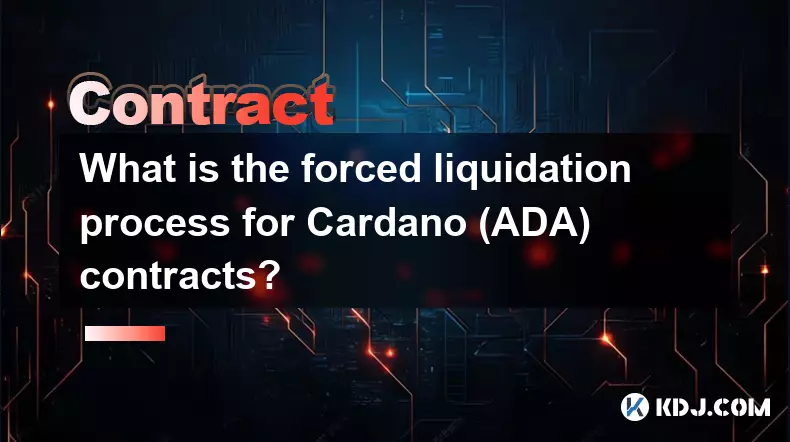
Understanding Forced Liquidation in Cardano (ADA) Derivatives
1. When traders engage in leveraged positions using Cardano (ADA) futures or perpetual contracts on crypto derivatives exchanges, they are required to post collateral. This collateral secures their open position against adverse price movements. If the value of ADA drops significantly and the margin balance falls below the maintenance threshold, the system triggers a liquidation event.
2. The forced liquidation mechanism activates when the wallet’s equity no longer covers the required margin level. At this point, the exchange automatically closes the position to prevent further losses that could impact the platform’s solvency. This process is fully automated and executed by smart matching engines without user intervention.
3. Most major exchanges supporting ADA contracts use a tiered liquidation model. This means larger positions may be partially liquidated rather than fully closed at once. The goal is to minimize market impact and avoid cascading sell-offs during volatile periods specific to altcoin markets like ADA.
4. Traders receive margin calls or alerts via email or in-app notifications as prices approach liquidation levels. However, in fast-moving markets, these warnings may not provide enough time to act, especially during high volatility events common in the cryptocurrency space.
5. Once liquidation begins, the position is handed over to a liquidation engine or third-party liquidators who execute the close-out trade. A fee is typically charged for this service, which varies between platforms but often ranges from 0.5% to 1.0% of the position size.
Risk Management Parameters for ADA Contracts
1. Each exchange sets its own initial and maintenance margin requirements for ADA-based contracts. These values determine how much leverage a trader can apply and at what point liquidation becomes imminent. For example, a 5x leverage implies an initial margin of 20%, while maintenance might sit around 12–15% depending on the platform.
2. Funding rates on perpetual contracts also influence liquidation risks. In prolonged bearish trends, negative funding can erode account balances over time, increasing the probability of hitting liquidation thresholds even without sharp price moves.
3. Insurance funds play a critical role in managing the aftermath of liquidations. Exchanges maintain these reserves to cover any shortfall if a liquidated position cannot be closed at the expected price due to slippage or extreme volatility.
4. Mark price referencing is used to prevent manipulation-driven liquidations. Instead of relying solely on the last traded price, platforms calculate a fair market value using spot indices and funding rates. This protects ADA holders from artificial liquidation attacks.
5. Some platforms offer auto-deleveraging systems (ADL) as a fallback when insurance funds are insufficient. In such cases, profitable counterparties with opposite positions may have their profits automatically reduced to settle losses from liquidated accounts.
Impact of Market Volatility on ADA Liquidations
1. Cardano’s price action often exhibits heightened volatility compared to larger caps like Bitcoin or Ethereum. This increases the frequency of margin breaches, particularly during network upgrades, hard forks, or major ecosystem announcements.
2. During flash crashes or rapid dump scenarios, liquidation engines may struggle to execute at optimal prices. This results in bad debt or reliance on insurance funds to absorb the deficit caused by under-collateralized positions.
3. High trading volume spikes, especially during news-driven rallies or corrections, amplify liquidation clusters. These concentration zones become visible on liquidation heatmaps published by analytics platforms tracking ADA futures.
4. Leverage availability directly correlates with liquidation risk. Platforms offering up to 100x leverage on ADA increase the likelihood of total position wipeouts during minor retracements. Conservative traders usually opt for lower multipliers to avoid premature exits.
5. Excessive long or short positioning can trigger chain reactions once liquidation levels are breached. These domino effects contribute to exaggerated price swings and deeper drawdowns in ADA’s chart structure.
Common Questions About ADA Contract Liquidations
What happens to my remaining balance after a forced liquidation?After liquidation, any residual balance from the original collateral—minus fees and potential ADL deductions—is returned to your wallet. If the liquidation incurs a deficit and the insurance fund covers it, no additional amount is taken from you.
Can I avoid liquidation by adding more margin during a downturn?Yes, most platforms allow users to add margin manually before liquidation occurs. This practice, known as margin top-up, can restore the account above maintenance levels and keep the position active.
Do all exchanges handle ADA liquidations the same way?No, procedures differ across platforms. Key differences include liquidation engines, insurance fund policies, mark pricing methods, and whether partial or full closures are prioritized. Always review a platform’s risk framework before trading.
Is there a way to monitor upcoming liquidation levels for ADA?Third-party data tools track real-time liquidation prices and display them on heatmaps. These show concentrations of long and short positions across price tiers, helping traders anticipate potential volatility zones.
Disclaimer:info@kdj.com
The information provided is not trading advice. kdj.com does not assume any responsibility for any investments made based on the information provided in this article. Cryptocurrencies are highly volatile and it is highly recommended that you invest with caution after thorough research!
If you believe that the content used on this website infringes your copyright, please contact us immediately (info@kdj.com) and we will delete it promptly.
- Bittensor (TAO): Super Bullish Signals Point to Potential 2x Rally
- 2025-10-11 10:25:12
- Silver Price Correction: Navigating the Dip & Identifying Key SEO Keywords
- 2025-10-11 10:25:12
- MoonBull: The Crypto Meme Coin Promising 1000x Gains?
- 2025-10-11 10:30:01
- Crypto Payroll Revolution: Stablecoins, Altcoins, and the Future of Salary Payments
- 2025-10-11 10:30:01
- Decoding Crypto Trends: XRP's Bitcoin Dream, BlockDAG's Rise, and the PayFi Revolution
- 2025-10-11 10:30:01
- Amina Bank & Polygon: Institutional Staking with a Sweet 15% Yield
- 2025-10-11 10:30:15
Related knowledge

How to calculate the ROI for Ethereum contracts?
Oct 09,2025 at 04:36pm
Understanding Ethereum Contract ROI Basics1. Return on Investment (ROI) for Ethereum contracts begins with tracking the initial capital deployed into ...
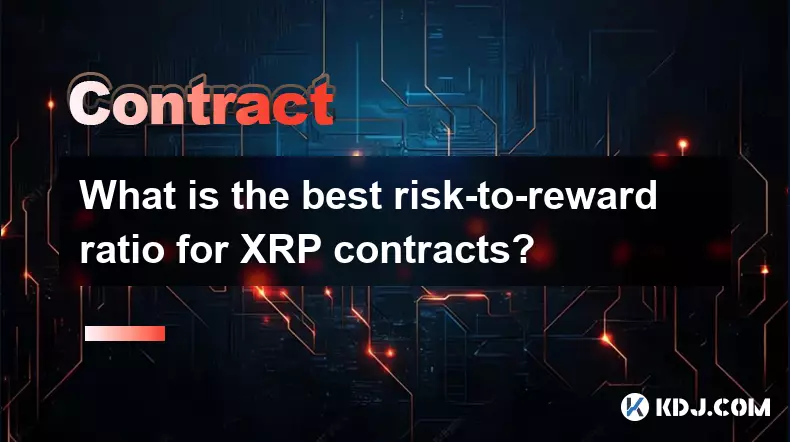
What is the best risk-to-reward ratio for XRP contracts?
Oct 11,2025 at 04:18am
Understanding Risk-to-Reward in XRP Futures Trading1. The risk-to-reward ratio is a fundamental metric used by traders to evaluate the potential profi...
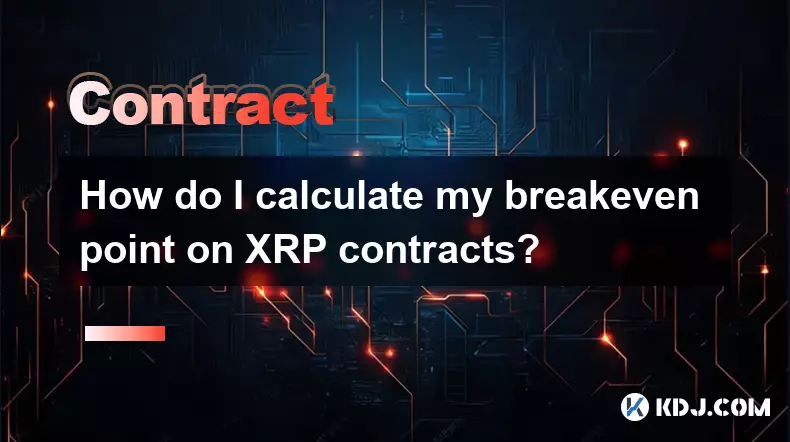
How do I calculate my breakeven point on XRP contracts?
Oct 09,2025 at 08:36pm
Understanding the Breakeven Point in XRP Futures TradingCalculating the breakeven point for XRP contracts is essential for traders who engage in futur...
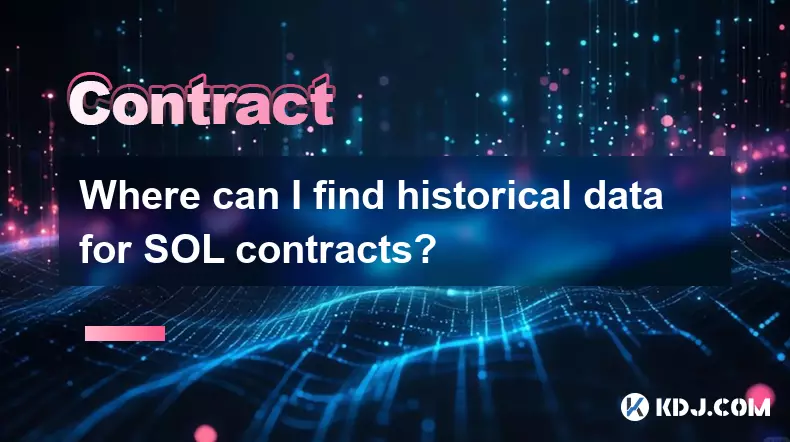
Where can I find historical data for SOL contracts?
Oct 10,2025 at 06:54pm
Accessing Historical Data for SOL Contracts1. Solana blockchain explorers provide comprehensive tools to retrieve historical data related to smart con...
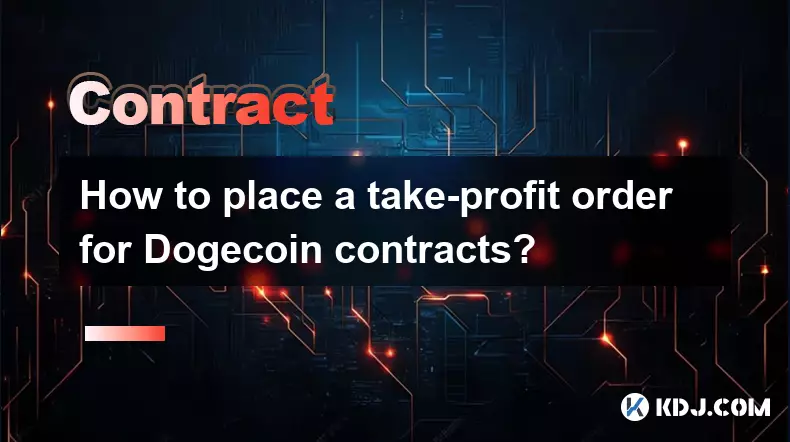
How to place a take-profit order for Dogecoin contracts?
Oct 10,2025 at 05:01am
Understanding Take-Profit Orders in Dogecoin Futures Trading1. A take-profit order is a tool used by traders to automatically close a position when th...
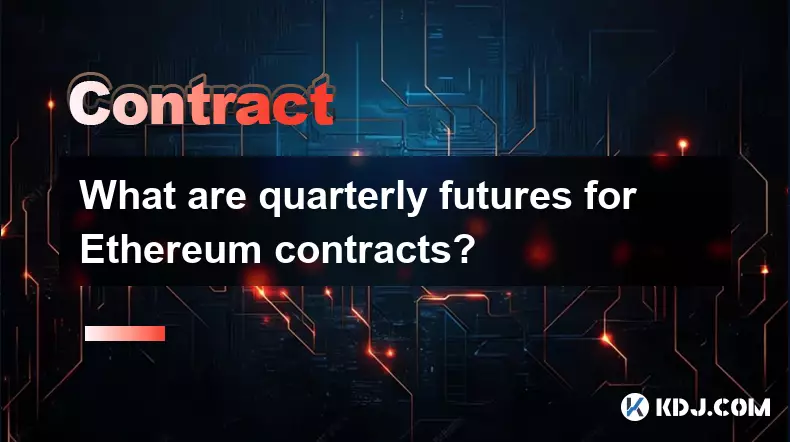
What are quarterly futures for Ethereum contracts?
Oct 11,2025 at 02:19pm
Understanding Quarterly Futures in the Ethereum Ecosystem1. Quarterly futures for Ethereum are derivative contracts that settle on a predetermined dat...

How to calculate the ROI for Ethereum contracts?
Oct 09,2025 at 04:36pm
Understanding Ethereum Contract ROI Basics1. Return on Investment (ROI) for Ethereum contracts begins with tracking the initial capital deployed into ...

What is the best risk-to-reward ratio for XRP contracts?
Oct 11,2025 at 04:18am
Understanding Risk-to-Reward in XRP Futures Trading1. The risk-to-reward ratio is a fundamental metric used by traders to evaluate the potential profi...

How do I calculate my breakeven point on XRP contracts?
Oct 09,2025 at 08:36pm
Understanding the Breakeven Point in XRP Futures TradingCalculating the breakeven point for XRP contracts is essential for traders who engage in futur...

Where can I find historical data for SOL contracts?
Oct 10,2025 at 06:54pm
Accessing Historical Data for SOL Contracts1. Solana blockchain explorers provide comprehensive tools to retrieve historical data related to smart con...

How to place a take-profit order for Dogecoin contracts?
Oct 10,2025 at 05:01am
Understanding Take-Profit Orders in Dogecoin Futures Trading1. A take-profit order is a tool used by traders to automatically close a position when th...

What are quarterly futures for Ethereum contracts?
Oct 11,2025 at 02:19pm
Understanding Quarterly Futures in the Ethereum Ecosystem1. Quarterly futures for Ethereum are derivative contracts that settle on a predetermined dat...
See all articles





















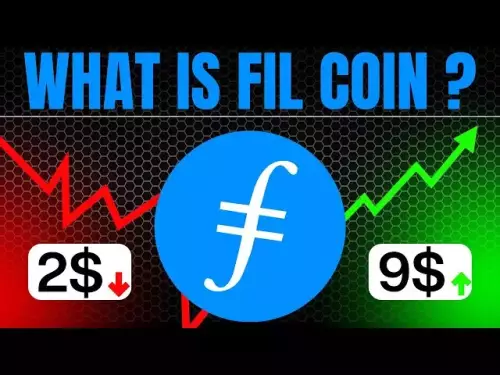



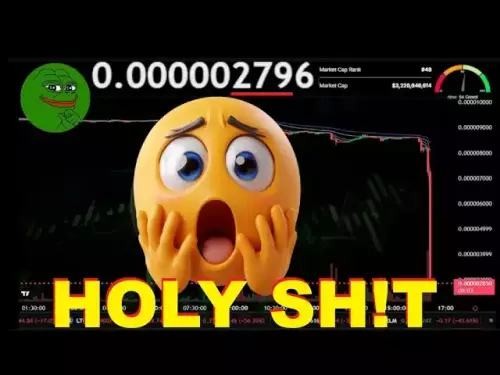
![Internet Computer Price Prediction [ICP Crypto Is A Hold?] Here’s Why Internet Computer Price Prediction [ICP Crypto Is A Hold?] Here’s Why](/uploads/2025/10/11/cryptocurrencies-news/videos/internet-computer-price-prediction-icp-crypto-hold/68e9ac40cf659_image_500_375.webp)















































